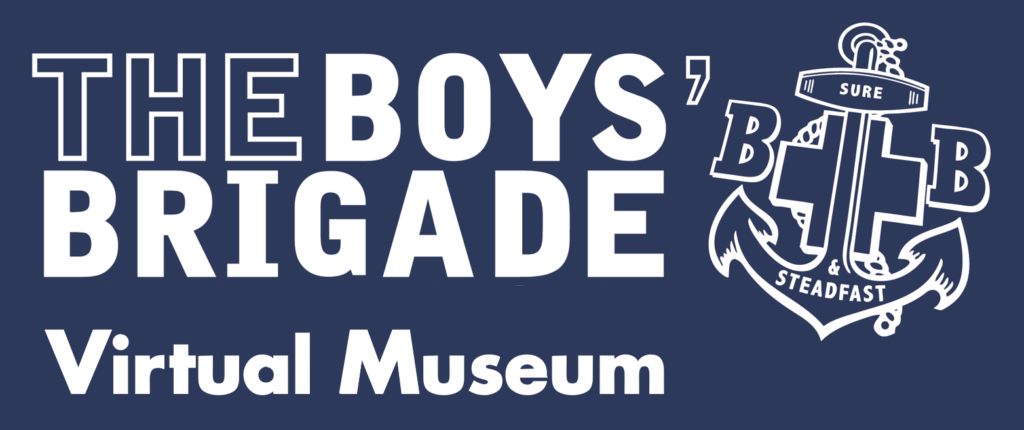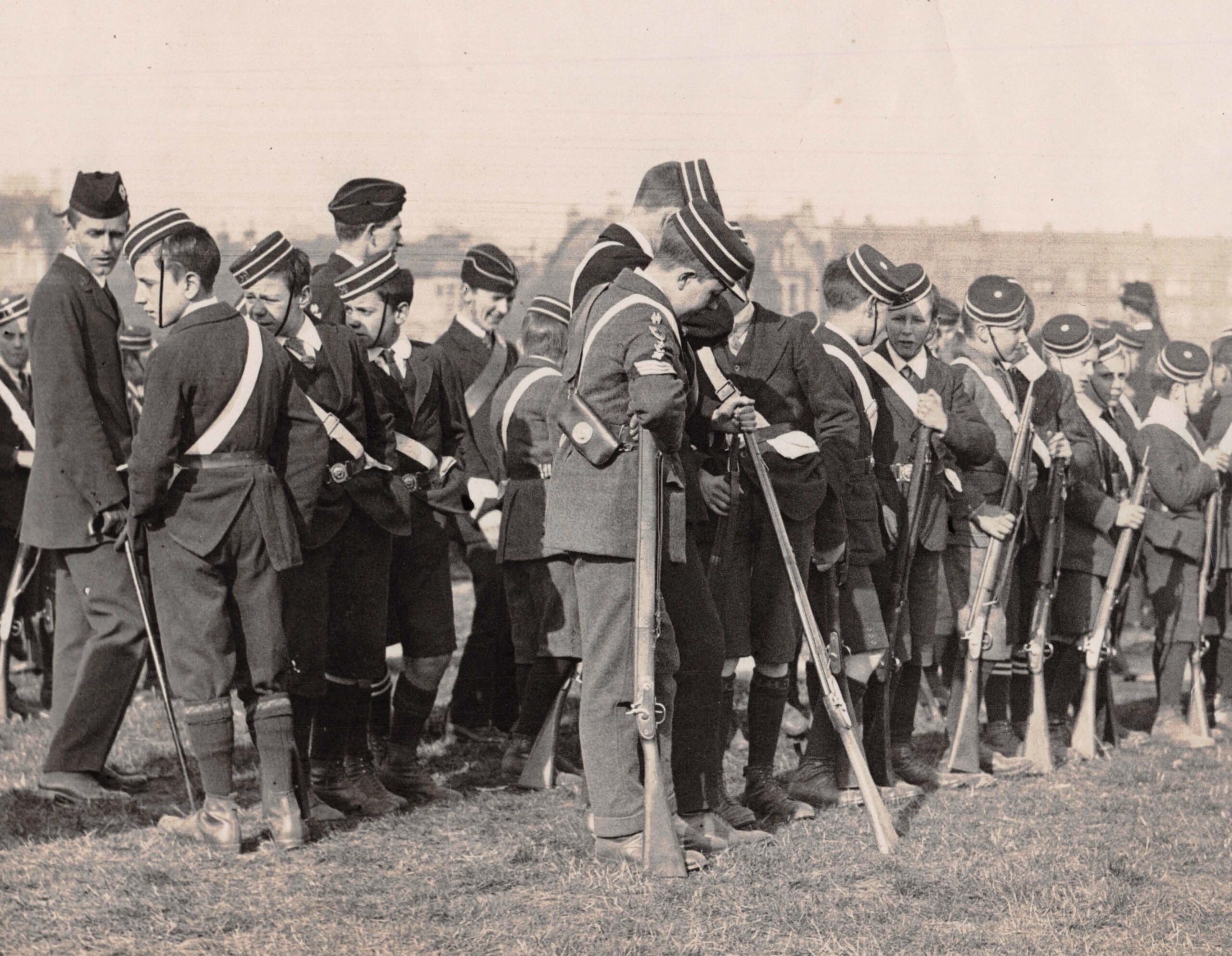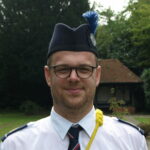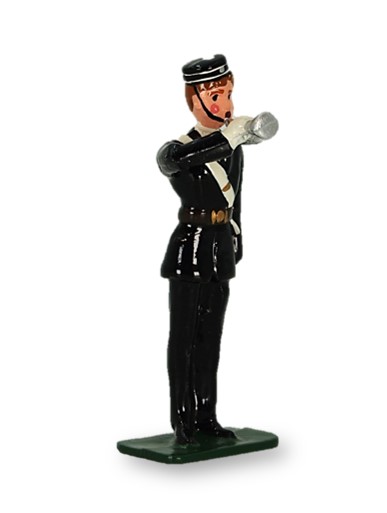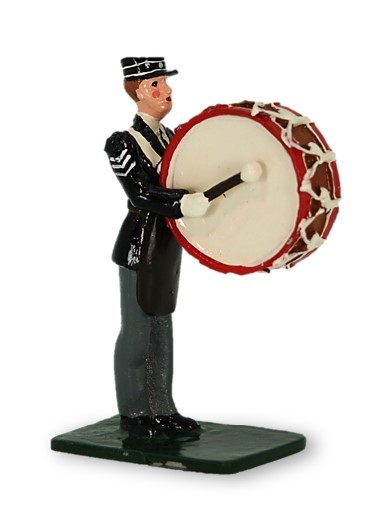Battalions
The Establishment of Battalions in The Boys’ Brigade
As The Boys’ Brigade rapidly expanded in the 1880s, the need for a more structured form of administration became apparent. One of the most significant developments in these early years was the creation of the Battalion as an administrative level. Introduced during the Brigade’s third session in 1885-86, Battalions played a crucial role in organizing the growing number of Companies across the country.
The first Battalions of The Boys’ Brigade were formed in Glasgow, Edinburgh, and Beith. This was followed in the 1886-87 session with Battalions formed in Kilmarnock, Ayr, and Liverpool.
However, by the 1887-88 session, the Liverpool and Beith Battalions had ceased to exist, owing to the closure of the 3rd Company in each case. This led to a change to the minimum number of Companies necessary to form a Battalion increasing from three to six, to ensure the ‘BB’ was well-established before a Battalion Council was formed.
The Battalion Council, made up of enrolled Officers, was responsible for the oversight of local activities, fostering coordination, and unity between Companies in the same area.
The Battalion structure allowed the ‘BB’ to expand more efficiently, as it facilitated better communication and ensured that guidance from Brigade Headquarters could be shared more effectively.
The Battalion model also allowed for the exchange of ideas and support between companies, ensuring that smaller or newer companies could benefit from the experience of more established ones.
In 1913, a fourth administrative level, the District, was introduced to support more isolated companies and assist in coordinating activities over larger areas. This helped further streamline the organizational structure as The Boys’ Brigade spread across the country.
The introduction of Battalions was a significant milestone in the early development of The Boys’ Brigade. It provided the movement with the necessary framework to manage its rapid growth while maintaining the strong local ties that were central to its mission of developing Boys through faith, discipline, and service.
Today, the Battalion remains a vital part of The Boys’ Brigade’s structure, supporting local Companies and ensuring the continuity of its values and mission.
Battalions
Information
We invite Battalions to contribute to our archives by donating materials to ensure their preservation for future generations.
Additionally, we are seeking volunteers to help write Battalion histories for this virtual museum.
If you have been involved with a Battalion, and can share local knowledge, we would greatly appreciate your assistance.
To donate materials or volunteer, please contact us.
